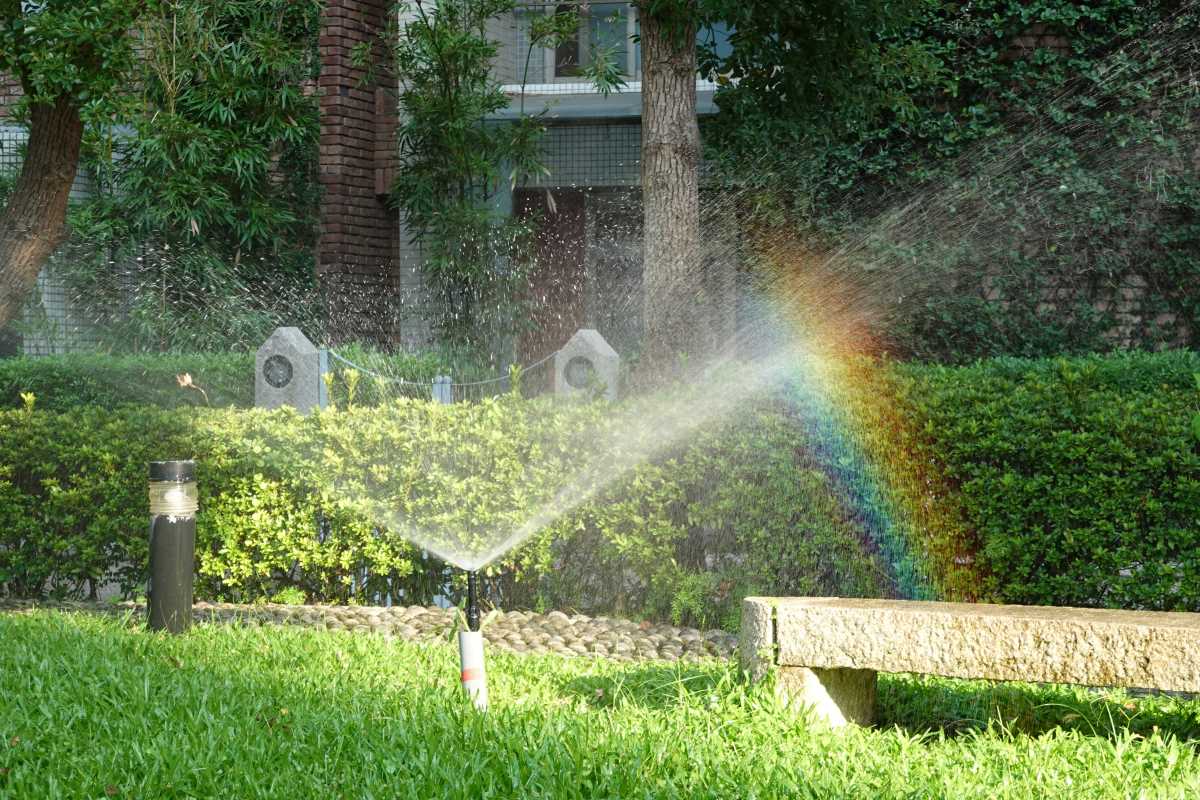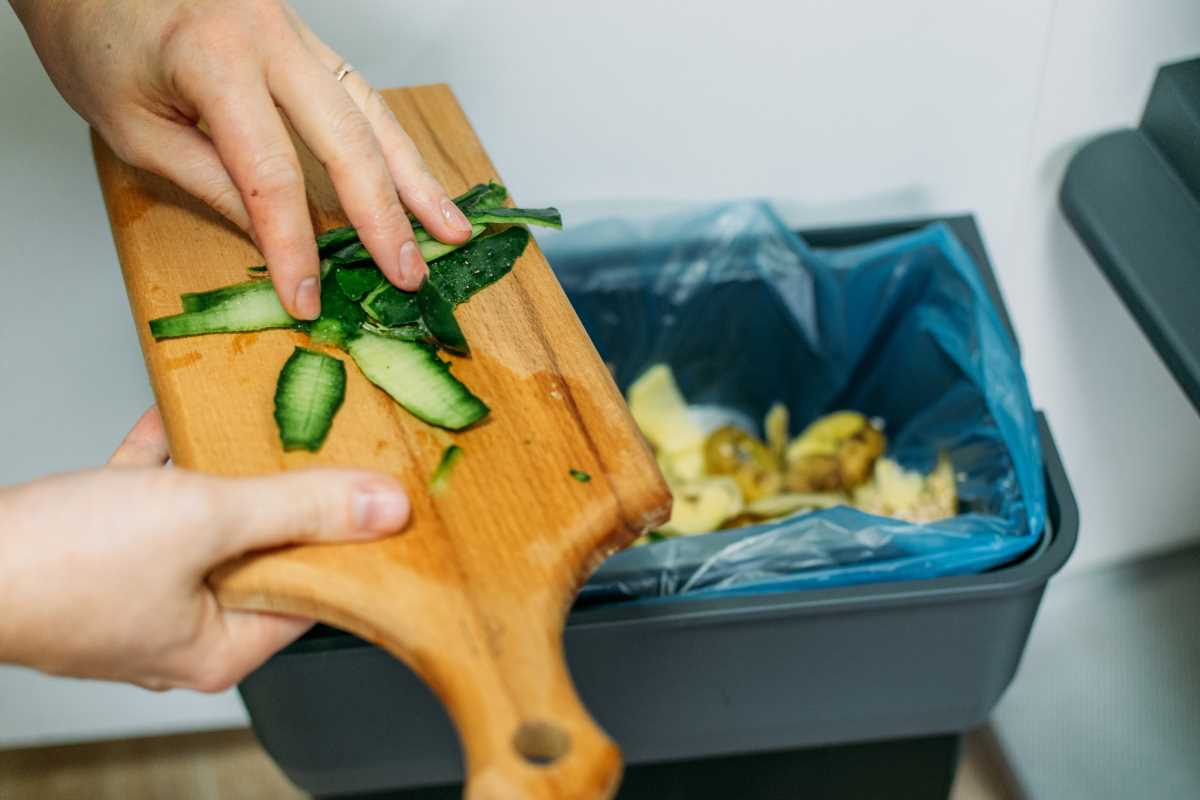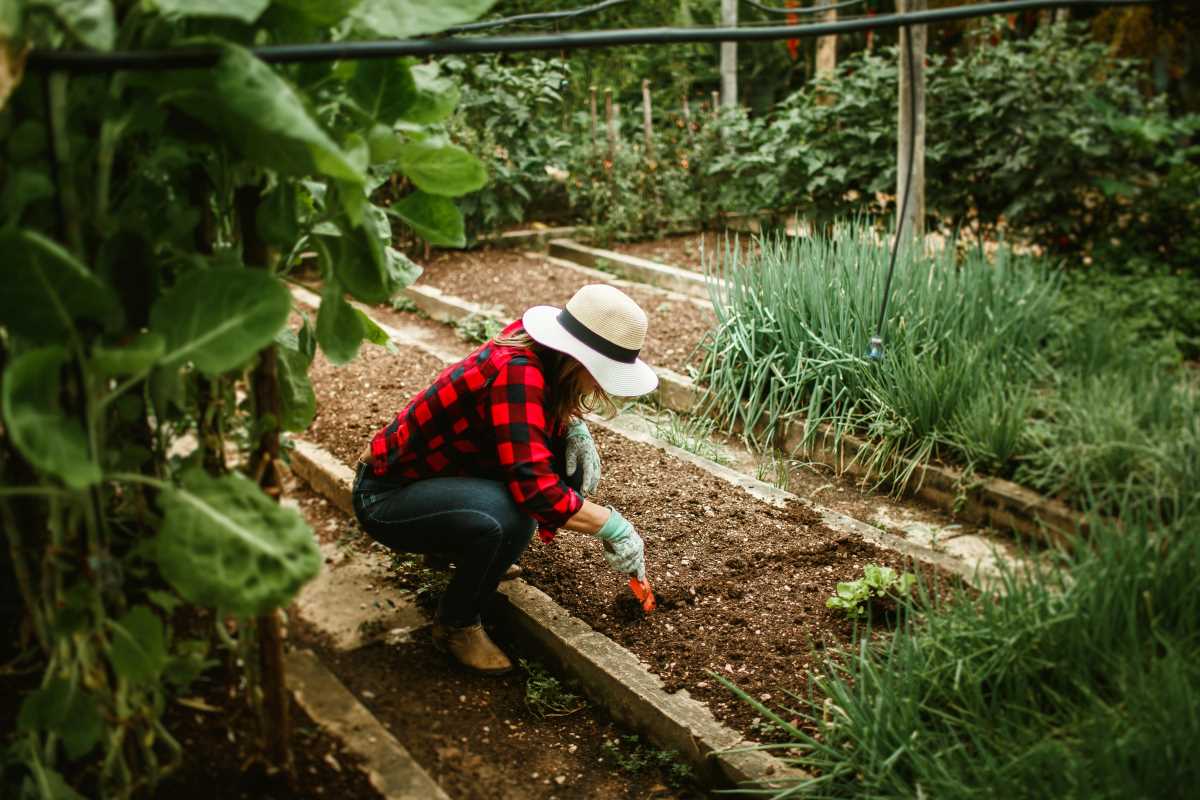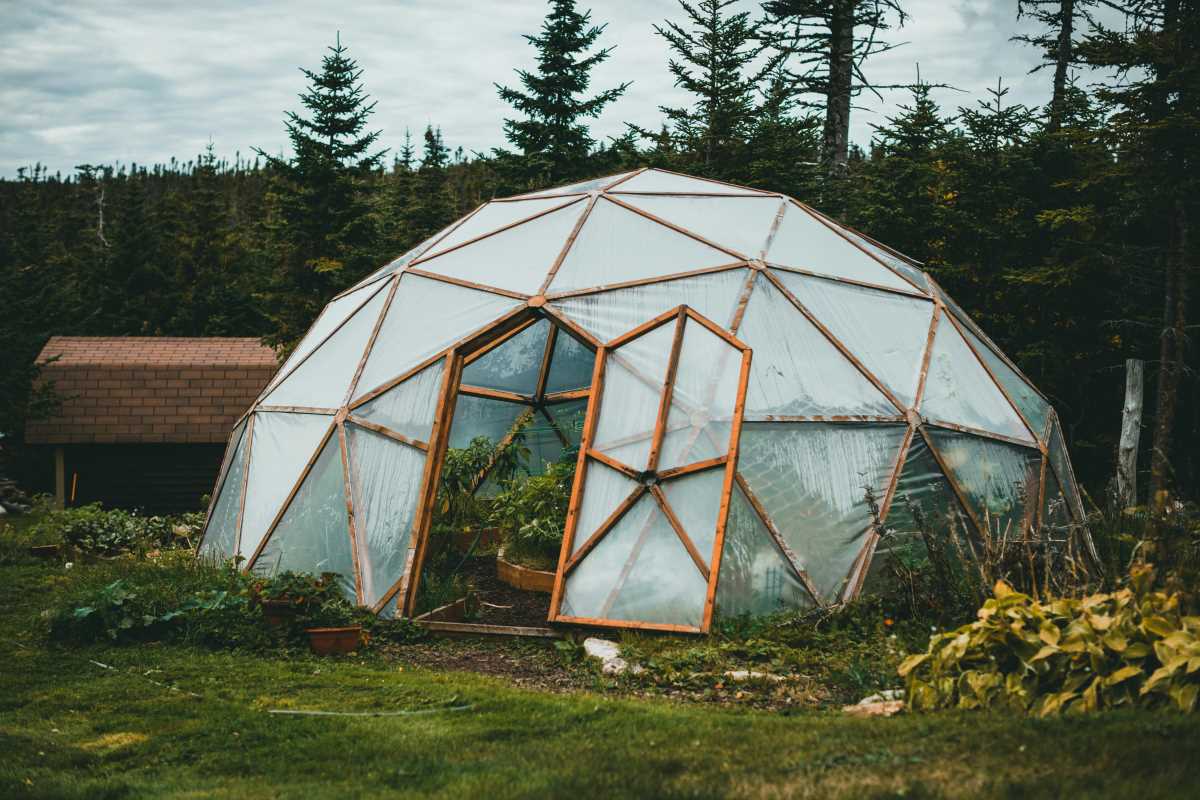Starting a raised bed vegetable garden is one of the most rewarding projects any home gardener can take on. Whether you are a beginner or have years of experience growing your own food, raised beds offer a practical way to improve soil quality, maximize small spaces, and simplify maintenance. The process might seem overwhelming at first, but with a thoughtful approach, anyone can create a thriving vegetable patch that yields fresh produce season after season. From choosing the ideal location to preparing nutrient-rich soil, every decision you make early on contributes to your garden’s long-term success. As you plan your layout, select your plants, and fine-tune your care routine, you’ll discover that gardening is not just about growing food—it’s about cultivating a space where you can relax, experiment, and enjoy the natural world. In this article, we’ll cover essential steps and proven tips to help you set up and maintain a flourishing raised bed vegetable garden right in your own backyard.
Choose the Right Location for Your Raised Bed
Select a sunny area that allows your vegetables to soak up as much natural light as possible. Aim for at least six hours of direct sunlight each day, since even a little morning sun can help your plants thrive. When positioning your raised beds, choose a spot that offers some protection from strong winds to help maintain steady soil temperatures. Taking the time to carefully plan your garden’s layout will give your vegetables the best chance for healthy, robust growth. The right location truly makes a noticeable difference in your garden’s success.
Proper placement also involves choosing a spot that is easy to reach for watering and harvesting. When you set up your garden in a convenient location, you can spend less time carrying tools and more time enjoying the process. Think about how water from rain or sprinklers will reach your garden area and adjust the layout to prevent waterlogged patches.
Start with Quality Soil and Amendments
Good soil forms the base of a productive garden. Use quality soil mixtures that are rich in organic matter. Add compost or well-rotted manure to improve soil texture and structure. These amendments help nutrients absorb better, giving your plants the food they need to grow strong and healthy.
Follow these soil improvement tips:
- Mix in compost to improve drainage and nutrient availability.
- Add aged manure to introduce beneficial microorganisms and extra nutrients.
Create a nurturing environment that supports healthy plant roots and promotes overall growth with this approach.
Use Proper Plant Spacing and Companion Planting
Plant your crops far enough apart to avoid stunting their growth. Follow these guidelines to space your plants correctly:
- Maintain a distance of about 12 to 18 inches between most vegetable plants to allow room for growth.
- Check seed packets or plant tags for recommended spacing specific to each vegetable.
This spacing ensures your plants receive enough sunlight and airflow, which helps prevent diseases.
Planting vegetables that grow well together benefits your garden. For example, basil grows well with tomatoes, while carrots grow nicely with onions. Mixing compatible species in one area not only encourages pollination but also helps deter pests naturally without chemicals.
Watering Wisely and Mulching Techniques
Water properly to keep your garden healthy. Give your vegetables a thorough soak early in the morning so the water can soak in and the soil does not evaporate too quickly during the heat of the day. Consistent watering keeps your plants hydrated during hot days and dry spells.
Mulching helps retain moisture in the soil and keeps weeds down. Spread organic mulch such as straw, shredded leaves, or grass clippings around your vegetables. Mulching cools the soil in hot weather and helps maintain a steady temperature. As it breaks down gradually, mulch enriches the soil with extra nutrients for your plants.
Regular Maintenance: Weeding, Feeding, and Pest Management
Regular upkeep makes a big difference. Check your garden often for weeds, which compete with your vegetables for water and nutrients. Remove weeds by hand early to prevent them from spreading later in the season. Use organic pest control methods to avoid harming beneficial insects that help your garden thrive.
Feed your garden with natural fertilizers during the growing season. Watch for signs of nutrient deficiencies in your plants and improve the soil with natural, slow-release fertilizers when needed. Paying attention to your garden's needs boosts your vegetable yields without relying on chemicals.
Extra Tips for a Flourishing Garden
Regular garden care—like weekly inspections and keeping a plant log—helps you spot issues early and refine your approach for better harvests. Tracking your observations creates a personalized guide for future gardening success.
With careful planning and upkeep, you’ll enjoy healthy, home-grown vegetables and the rewards of your effort.
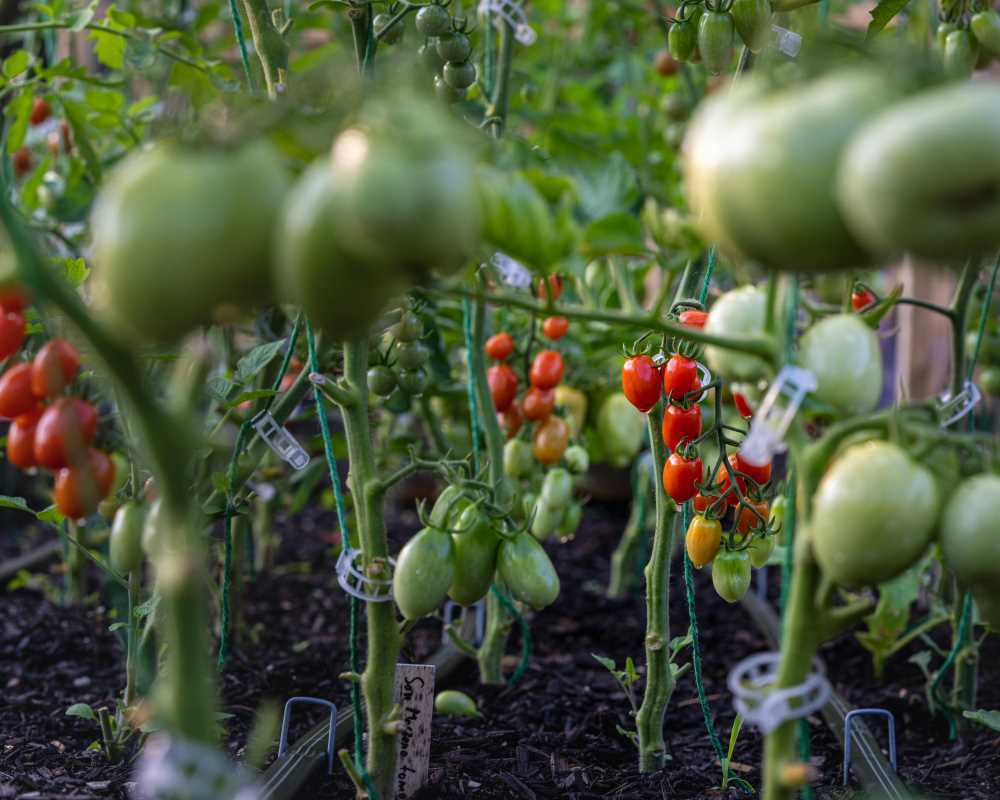 (Image via
(Image via